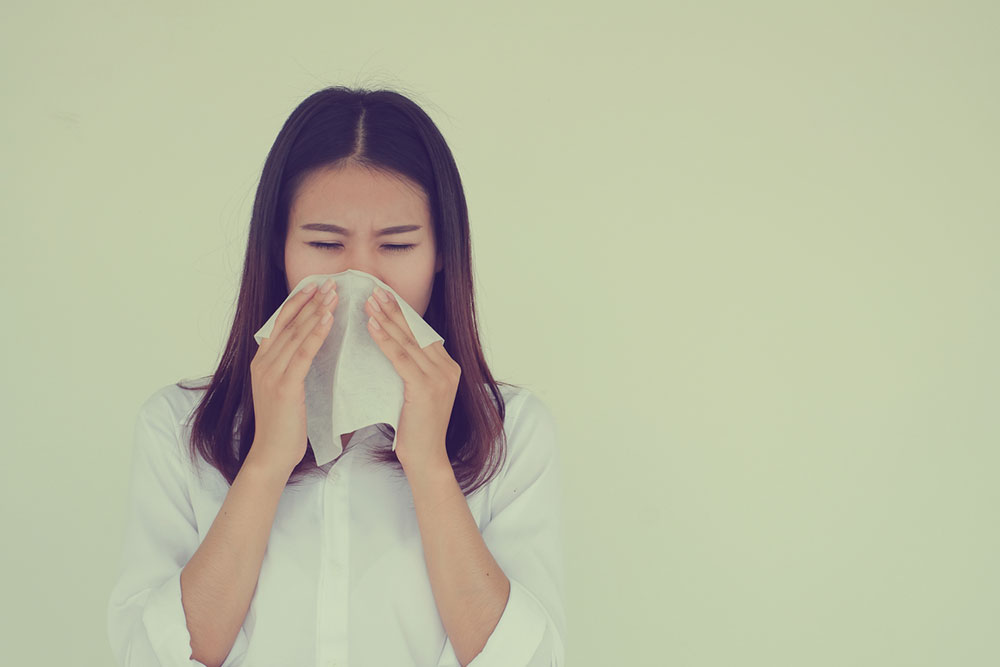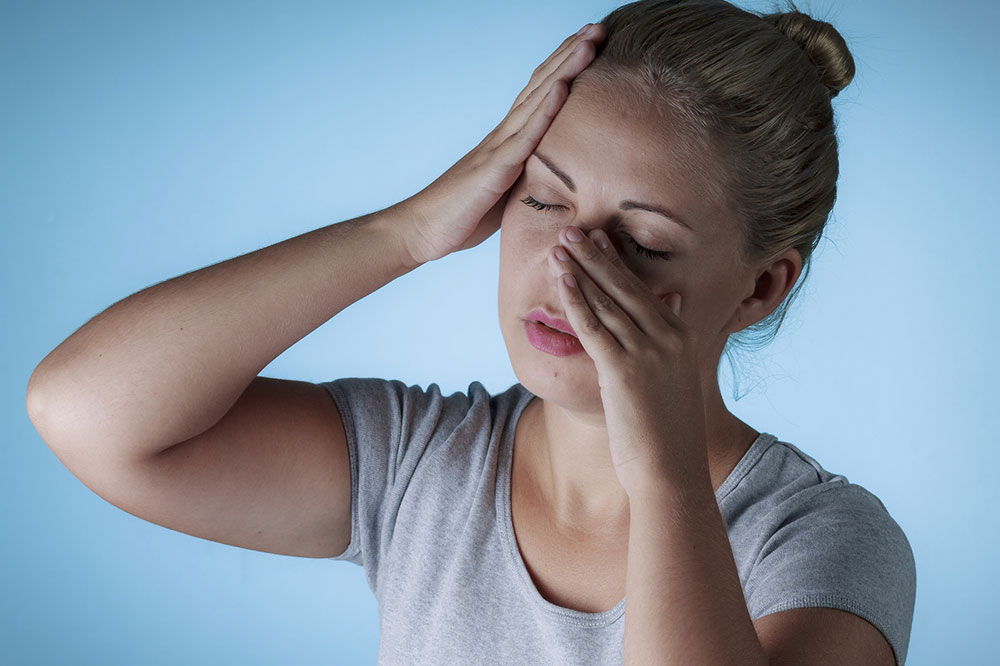Understanding Allergic Asthma: Causes, Symptoms, and Management Strategies
Learn about allergic asthma, its causes, symptoms, and effective management strategies. This detailed guide helps in understanding triggers like pollen, pet dander, and pollutants, and emphasizes early detection and prevention to improve respiratory health and quality of life.

Understanding Allergic Asthma: Causes, Symptoms, and Management Strategies
Allergic asthma is a respiratory condition linked closely to allergies. It occurs when airborne allergens trigger obstruction in the airways, making breathing difficult. Approximately 25 million individuals in the country face this health issue. When asthma results from allergies, it is classified as allergic asthma. Common symptoms include breathing difficulties due to airway constriction, mucus buildup, and swelling of the airway lining.
The muscles around the airways tighten, causing narrowing and airflow restriction.
Thickened mucus production hampers smooth airflow into the lungs.
Swelling of the airway lining further obstructs breathing.
This leads to breathing difficulty, often manifesting as breathlessness. Identifying allergen triggers is crucial for managing allergic asthma.
Causes of Allergic Asthma
Allergic asthma primarily results from the immune system reacting to specific allergens like pollen, pet dander, or pollutants. Key triggers include:
Contact with pollen from trees or weeds causes shortness of breath.
Exposure to pet saliva or dander can provoke asthma symptoms.
Living in polluted environments increases risk.
High indoor humidity levels can exacerbate breathing issues.
The immune response involves IgE chemicals triggered by allergens, leading to asthma symptoms.
Recognizing Symptoms
Symptoms often appear after allergen exposure and indicate allergic asthma. Early detection is vital. Common signs include:
Runny nose
Difficulty breathing
Chest tightness
Wheezing sounds
Throat itchiness
Coughing
Watery eyes
Frequent sneezing
Management and Prevention
While there is no permanent cure, avoiding triggers can significantly reduce attacks. Strategies include:
Identifying and minimizing contact with allergens.
Avoiding pollen-heavy plants like orchard and timothy grass.
Keeping homes clean and dust-free.
Washing pets regularly and reducing strong fragrances and pollutants indoors.
Prompt consultation with healthcare professionals is essential at the first signs to ensure proper treatment and improve quality of life.










